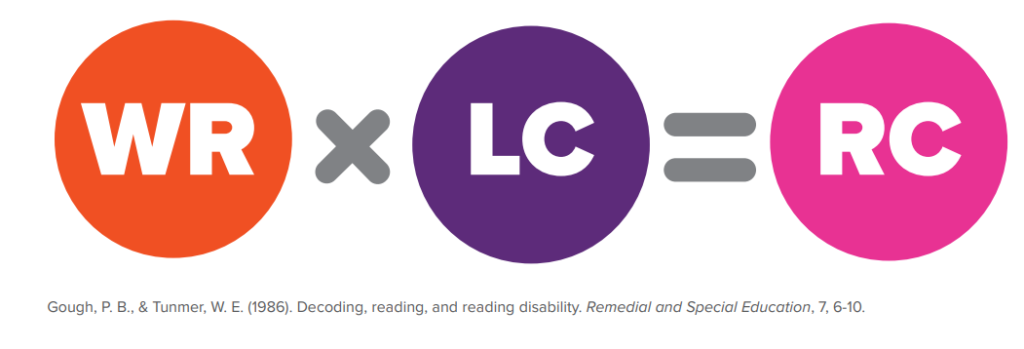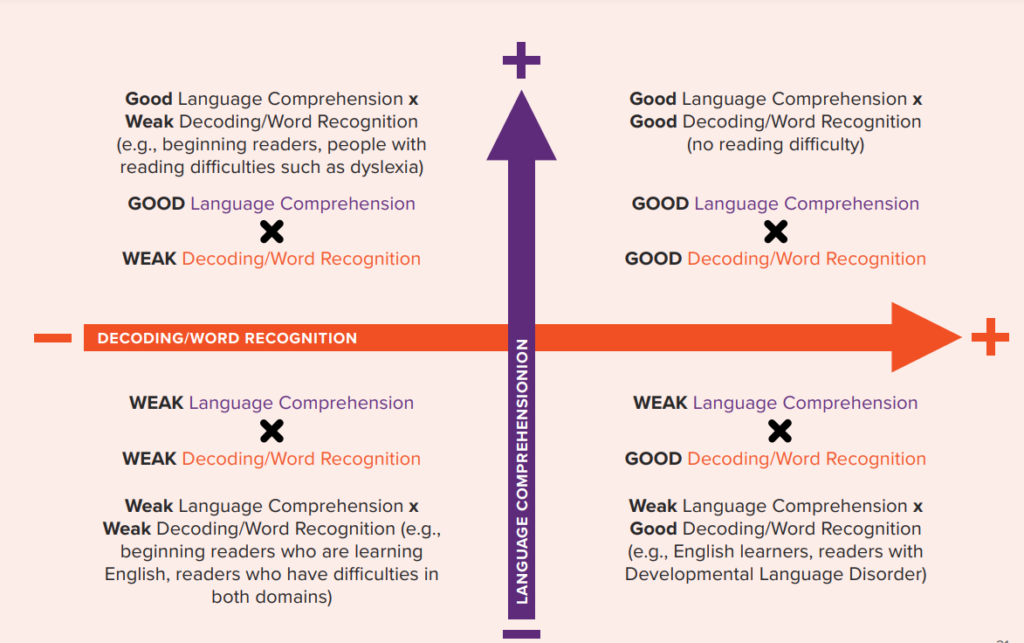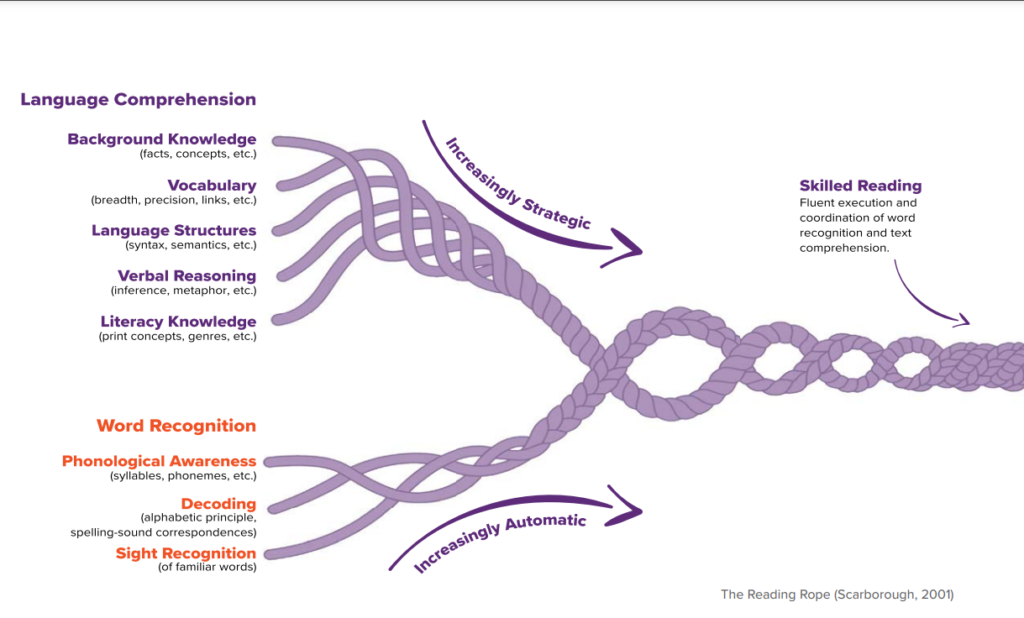How do kids learn to read? Kids learn by explicit, systematic, and cumulative instruction. Structured literacy and the five pillars of literacy help provide students with the best instruction for learning how to read and comprehend.
Previously we taught kids to read by memorizing numerous sight words and using guessing to read leveled readers. I remember my beanie baby collection of “reading strategies” such as Eagle Eye, Stretchy the snake, and Lips the Fish. While we tried to provide some phonics instruction and word walls for memorization, research has proven these strategies have not effective in helping kids learn to read. Science of Reading research shows how students truly learn to read through a structured literacy approach.
New Research
Research over the past five decades have discovered the scientific proof on how students learn to read. Instruction needs to be explicit, systematic, and cumulative. National Reading Panel also identified five pillars of early reading which include, phonemic awareness, phonics, fluency, vocabulary, and comprehension. Simple View of Reading and the Reading Rope came about to better help teachers understand the interconnected strands that effect reading.

Simple View of Reading
According to the Simple View of Reading graphic, reading has two basic components: word recognition (decoding) and language comprehension. If students are lacking in either of these areas they will not be successful readers. The Simple View of Reading formula was developed by Gough & Tunmer in 1986. This image and formula helps to clarify that phonics is not the only component of reading. Both components are important to become a fluent reader. Therefore, teachers need to provide explicit instruction to support both components.

The Simple View of Reading helps teachers and interventionist identify patterns in reading difficulties in both word recognition and language comprehension. Knowing our learners and their reading patterns helps us identify reading difficulties and where to focus our instruction. The continuum below from The Reading League (2021) depicts three patterns in which there is a weak area that will result in diminished reading comprehension. To identify student strengths and needs, universal screening and diagnostic assessment data must used to inform instruction and intervention.

Scarborough’s Reading Rope
We can turn to Hollis Scarborough’s Reading Rope as another way to explain Science of Reading and the components of a skilled reader. This rope is a great visual aid to show that each component of reading needs to be explicitly taught and practiced and eventually be woven together to be a fluent reader. Scarborough describes ‘skilled reading” as happening when students are able to read fluently while comprehending it. All components of the rope need to come together to produce a skilled reader. The Reading Rope has two main strands: word recognition and language comprehension. Language comprehension consider of background information, vocabulary, language structures, verbal reasoning, and literacy knowledge. Word Recognition includes phonological awareness, decoding, and sight recognition.

How does this change our current teaching practices?
These models and SOR research might affect how you teach the components. In younger grades, it is important to teach many of these components of the two strands in isolation. For example, in primary grades teachers might spend some time teaching phonological awareness, some time teaching decoding (phonics) skills, and some time teaching background knowledge & vocabulary. In later elementary these strands are more woven together as students become more fluent readers. Some ELA programs have separate sections to teach the two different strands while others break the sections into different elements.
We should be explicating teaching all these components to students and not focusing on one or the other. Science of Reading is not just phonics instruction as many people believe. As the Simple View of Reading equation shows us, if our students are lacking decoding (phonics) skills, they cannot have reading comprehension. If students are amazing at decoding and phonics skills but struggle with language comprehension, background knowledge, vocabulary, etc, they will not be skilled readers either.
More information Visit Reading Rockets
Images courtesy of The Reading League – Science of Reading: Defining Guide ebook


